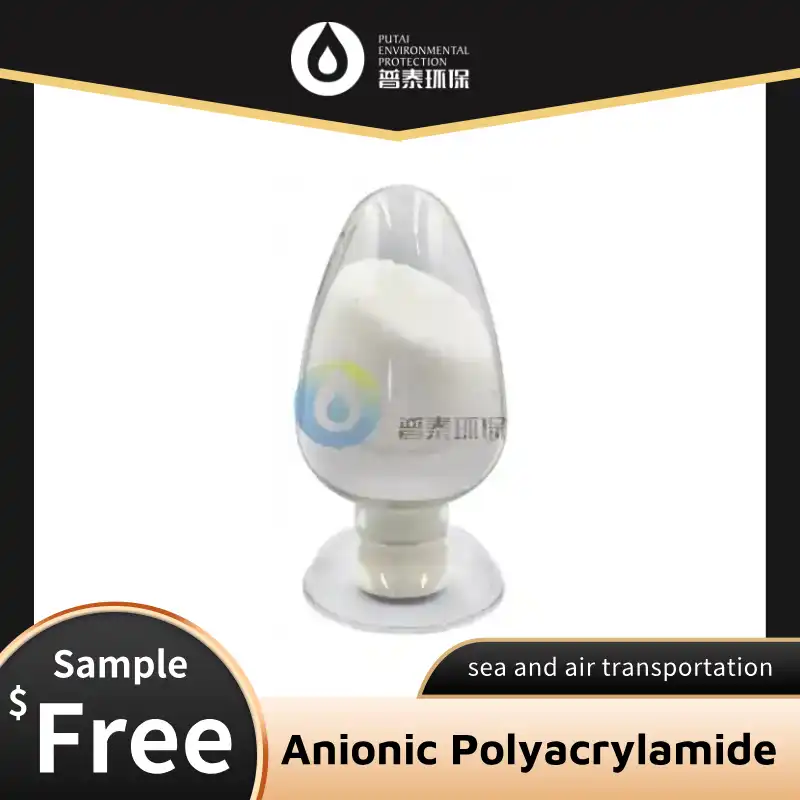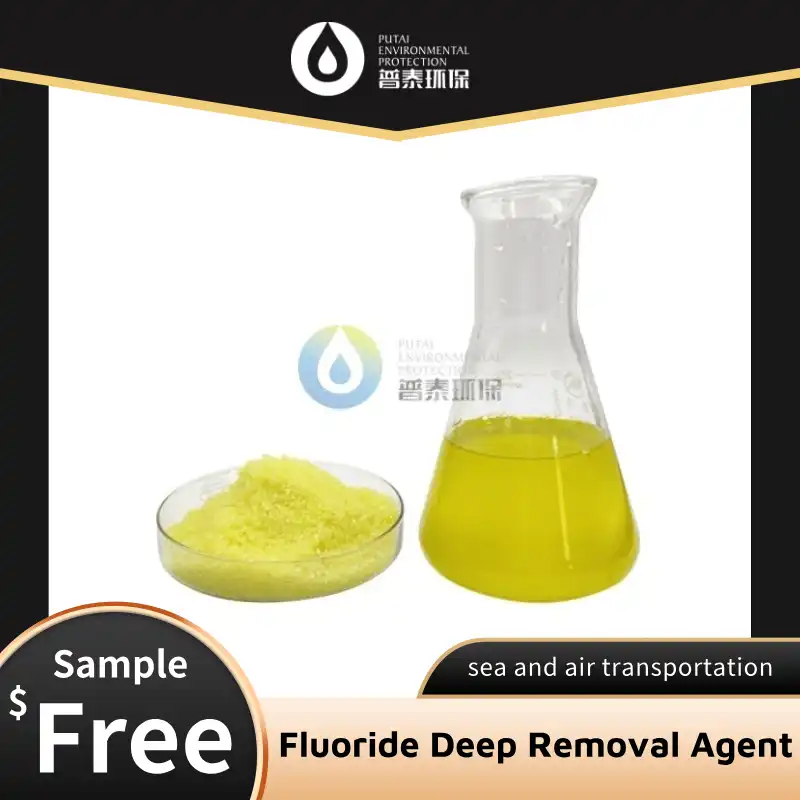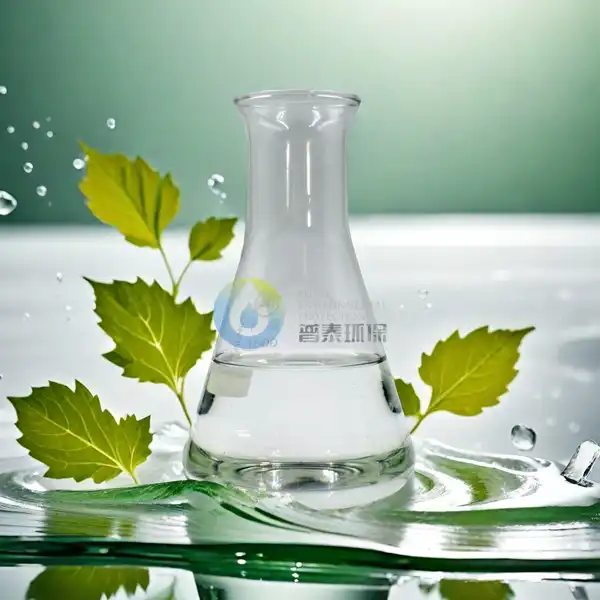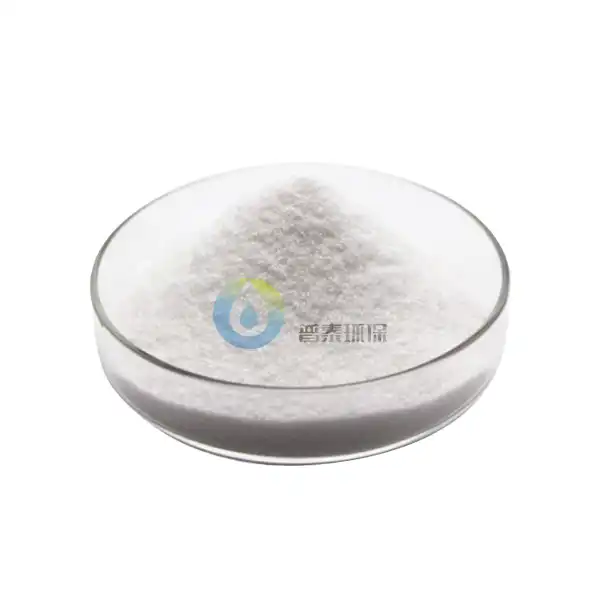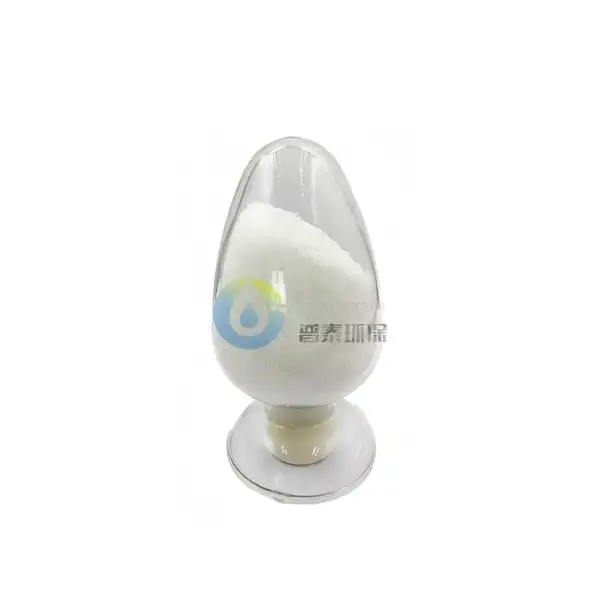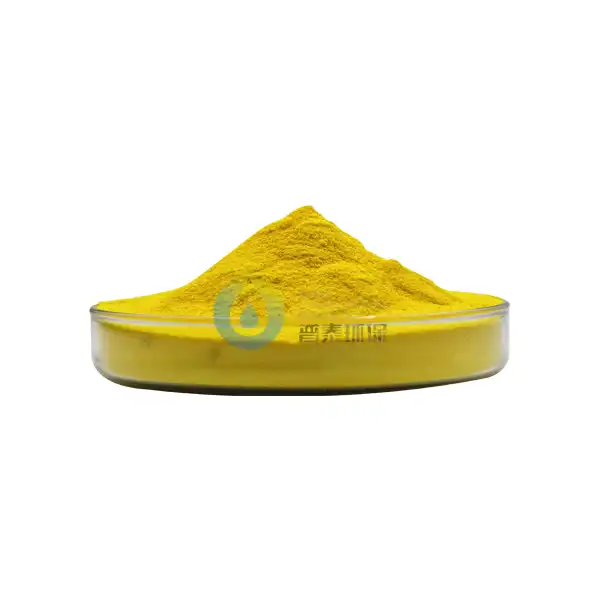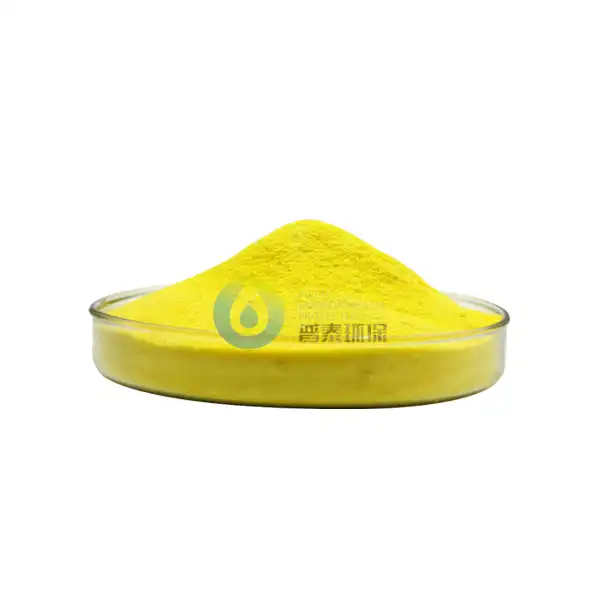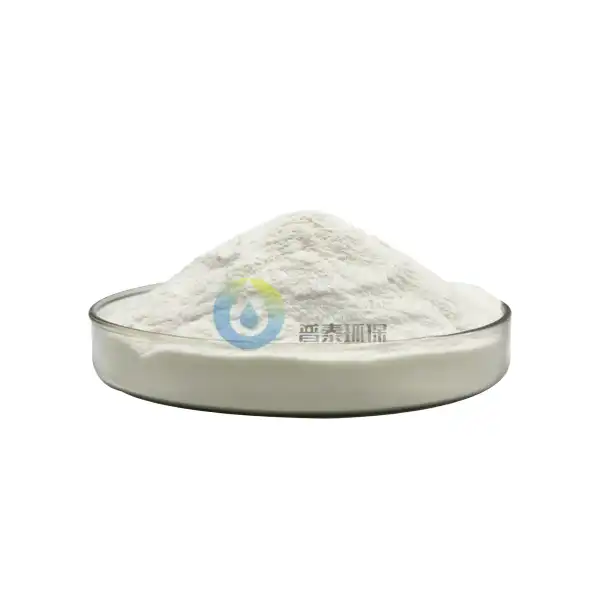What are the Benefits of Using PAC Powder for Water Treatment?
Polyaluminium Chloride (PAC) powder has emerged as one of the most efficient water treatment solutions available today. This powerful coagulant plays a crucial role in removing impurities, contaminants, and suspended particles from water, making it safe for various purposes, from drinking to industrial applications. PAC powder offers numerous advantages over traditional water treatment chemicals, including higher efficiency, broader pH range applicability, and reduced sludge production. As global water quality concerns continue to grow, understanding the benefits of PAC powder becomes increasingly important for water treatment professionals seeking effective and economical water purification solutions.
What Makes PAC Powder an Effective Coagulant for Water Treatment?
The Chemical Composition of PAC Powder and Its Unique Properties
PAC powder for water treatment is a specialized inorganic polymer coagulant with the chemical formula [Al₂(OH)ₙCl₆₋ₙ]ₘ. This unique structure gives PAC powder distinctive advantages in water treatment applications. Unlike traditional coagulants, PAC powder contains pre-hydrolyzed aluminum species that provide stronger bridging capabilities between particles in water. The hydroxyl and chloride ions create a balanced charge neutralization effect that efficiently destabilizes colloidal particles. This chemical composition allows PAC to form larger, more stable flocs that settle more rapidly. Additionally, the aluminum polymers in PAC powder have higher molecular weights and charge densities compared to conventional aluminum sulfate (alum), resulting in stronger adsorption capabilities. The stability of these polymeric aluminum species also contributes to PAC powder's effectiveness across a broader range of pH values and temperature conditions.
How Does PAC Powder Compare to Traditional Water Treatment Chemicals?
When comparing PAC powder for water treatment with traditional chemicals like aluminum sulfate (alum) and ferric chloride, several distinct advantages become apparent. PAC powder demonstrates superior coagulation efficiency, requiring 30-50% lower dosages than alum to achieve the same treatment results. This higher efficiency translates directly into cost savings. PAC powder also operates effectively across a wider pH range (5.0-9.0) compared to alum (6.5-7.5), reducing or eliminating the need for pH adjustment chemicals. Another significant advantage is PAC's reduced sensitivity to low temperatures, maintaining effective performance even in cold water conditions. The floc formation with PAC powder is notably faster and produces larger, heavier flocs that settle more quickly, increasing overall plant capacity. Furthermore, water treated with PAC powder typically contains lower residual aluminum levels. The sludge produced when using PAC powder is also significantly less voluminous and more easily dewatered, leading to reduced disposal costs and environmental impact.
The Scientific Mechanism Behind PAC Powder's Coagulation Process
The coagulation process of PAC powder for water treatment follows a sophisticated scientific mechanism. When introduced to water, PAC powder undergoes rapid hydrolysis, releasing positively charged polymeric aluminum species. These cationic polymers interact with negatively charged colloidal particles through several mechanisms. First, charge neutralization occurs as the positive charges of PAC powder counteract the negative surface charges of suspended particles. Second, PAC initiates adsorption bridging, where the polymeric aluminum species form bridges between multiple colloidal particles, creating larger aggregates. As these processes progress, sweep flocculation takes place, where aluminum hydroxide precipitates physically trap smaller particles. PAC powder also exhibits strong performance in removing natural organic matter through both charge neutralization and complexation reactions. The pre-hydrolyzed nature of PAC powder accelerates these reactions, allowing for faster floc formation even under challenging conditions such as low temperatures or fluctuating water quality.
How Does PAC Powder Improve Water Quality and Operational Efficiency?
The Role of PAC Powder in Removing Turbidity and Suspended Solids
PAC powder for water treatment excels in eliminating turbidity and suspended solids from water sources. When introduced to turbid water, PAC powder rapidly neutralizes the negative charges on suspended particles that cause cloudiness. The polymeric structure creates robust bridges between these destabilized particles, forming large, dense flocs that settle quickly. This accelerated settling significantly reduces turbidity levels, often achieving reductions from several hundred NTU to below 1 NTU in a single treatment stage. The effectiveness of PAC powder extends to various particle sizes, including colloidal particles smaller than 1 micron. Water treatment plants using PAC powder regularly report 95-99% turbidity removal efficiency. The enhanced floc strength provided by PAC powder also prevents floc breakage during high-flow conditions or mechanical agitation. Additionally, PAC's superior performance in cold water conditions ensures year-round turbidity control, unlike some traditional coagulants that lose efficiency in winter months.
Can PAC Powder Effectively Remove Heavy Metals and Organic Contaminants?
PAC powder for water treatment demonstrates remarkable capabilities in removing both heavy metals and organic contaminants. For heavy metals such as lead, copper, arsenic, and cadmium, PAC powder functions through multiple removal mechanisms. Its aluminum polymers form strong complexes with metal ions, while its hydroxide precipitates provide adsorption sites that bind metals. Research shows that optimized PAC powder can achieve removal rates exceeding 95% for many toxic metals. For organic contaminants, PAC powder effectively eliminates natural organic matter, which includes humic and fulvic acids that can cause color, taste, and odor issues. The positively charged aluminum species readily bind with negatively charged organic molecules, removing them through coagulation and precipitation. PAC powder has also proven effective against emerging contaminants including pharmaceuticals and industrial chemicals, typically achieving 50-80% removal rates depending on specific conditions. Water treatment facilities dealing with source waters affected by industrial discharges, agricultural runoff, or urban pollution have increasingly turned to PAC powder as a frontline defense against these challenging contaminants.
How Does PAC Powder Reduce Chemical Usage and Sludge Production?
One of the most significant operational benefits of PAC powder for water treatment is its ability to substantially reduce both chemical consumption and sludge production. Due to its higher aluminum content and pre-polymerized structure, PAC powder typically requires 30-50% lower dosage rates than traditional aluminum sulfate to achieve equivalent or superior treatment results. This reduction in chemical usage directly translates to lower procurement costs and decreased storage requirements. Additionally, PAC powder often eliminates or minimizes the need for supplementary chemicals like pH adjusters and polymer aids. The sludge reduction benefits are equally impressive, with PAC powder typically producing 20-40% less sludge volume than alum treatment. This reduction stems from both the lower chemical dosage and the chemical nature of PAC powder, which forms denser, more compact flocs with improved dewatering characteristics. Treatment plants using PAC powder report significant cost savings in sludge handling, transportation, and disposal expenses.
What Are the Economic and Environmental Advantages of PAC Powder?
How Does PAC Powder Reduce Overall Treatment Costs?
PAC powder for water treatment offers substantial economic benefits that contribute to lower overall treatment costs. The reduced chemical dosage requirements compared to traditional coagulants lead to direct savings on chemical procurement. Beyond the immediate chemical savings, PAC's superior performance creates cascading cost reductions throughout the treatment process. The rapid floc formation and improved settling characteristics reduce the hydraulic detention time needed in sedimentation basins, potentially increasing plant capacity without physical expansion. Filter run times are typically extended by 20-30% when using PAC powder due to improved upstream particle removal, reducing backwash frequency. The reduced sludge volume generated with PAC translates to significant savings in sludge processing, dewatering, transportation, and disposal costs. Additionally, PAC powder's effectiveness across a broader pH range often eliminates the need for pH adjustment chemicals and equipment. Many facilities report overall treatment cost reductions of 15-25% after transitioning to PAC powder for water treatment.
What Environmental Benefits Does PAC Powder Offer Over Alternative Treatments?
PAC powder for water treatment delivers multiple environmental advantages that align with modern sustainability objectives. The reduced chemical consumption directly translates to decreased manufacturing impacts, including lower energy usage and reduced greenhouse gas emissions. The transportation environmental footprint is similarly reduced, with fewer delivery trucks required. Perhaps the most significant environmental benefit comes from the substantial reduction in sludge volume, typically 20-40% less than aluminum sulfate treatment. This reduction minimizes the environmental impact of sludge disposal, including reduced landfill space requirements. The high-quality treated water produced using PAC powder also provides ecological benefits, particularly in scenarios where treated effluent is discharged to sensitive aquatic environments. PAC's effectiveness in removing heavy metals, organic pollutants, and phosphorus helps protect receiving water bodies. The lower residual aluminum levels in PAC-treated water further reduce potential impacts on aquatic life compared to conventional aluminum-based coagulants.
Is PAC Powder Suitable for Both Industrial and Municipal Water Treatment?
PAC powder for water treatment demonstrates remarkable versatility across both industrial and municipal applications. In the municipal sector, PAC powder effectively addresses the primary concerns of drinking water treatment plants, including turbidity removal, microbial reduction, and disinfection byproduct precursor elimination. Municipal plants using PAC powder consistently report improved compliance with increasingly stringent regulatory standards. The broad effective pH range of PAC accommodates the varied source water conditions encountered by municipal utilities. In the industrial realm, PAC powder serves numerous specialized applications. For the power generation industry, PAC effectively clarifies cooling tower makeup water. In the pulp and paper sector, PAC powder removes suspended solids, color, and dissolved organics from process waters. Mining operations benefit from PAC powder's ability to separate fine mineral particles and precipitate dissolved metals from acid mine drainage. Food and beverage manufacturers rely on PAC to meet strict water quality standards. This cross-sector applicability makes PAC powder a versatile solution that can address multiple treatment challenges with a single chemical.
Conclusion
PAC powder for water treatment offers compelling benefits that make it a superior choice for modern water purification needs. Its enhanced coagulation efficiency, broader operational range, reduced chemical usage, and decreased sludge production deliver both economic and environmental advantages. The versatility of PAC powder makes it effective across municipal and industrial applications, consistently producing high-quality water while simplifying operations. As water quality standards become increasingly stringent, PAC powder's ability to remove turbidity, heavy metals, and organic contaminants positions it as an essential tool for meeting regulatory requirements and protecting public health.
Xi'an Putai Environmental Protection Co., Ltd. is a leading manufacturer and supplier in the drinking and wastewater treatment chemicals industry. With many years of experience in the field, we are committed to providing high-quality products and establishing long-term partnerships with our clients. Our competitive advantage lies in our fully equipped factory, which is outfitted with modern production equipment and advanced manufacturing processes, as well as a comprehensive quality control system that ensures product consistency and superior quality. Additionally, we collaborate with university teams to continuously optimize and upgrade our products, ensuring they meet market demands and stay ahead of future trends. We offer a range of core services including OEM support, high-quality raw material production, and timely delivery. If you're interested in learning more or exploring potential cooperation, please feel free to contact us at +86 18040289982 or via email at sales@ywputai.com. We look forward to the opportunity to work with you.
References
1. Wang, L., & Chen, J. (2023). Advances in polyaluminium chloride coagulation mechanisms for enhanced water treatment. Water Research, 215, 118-129.
2. Singh, R., Patel, H., & Kumar, A. (2023). Comparative evaluation of conventional and polymeric coagulants for drinking water treatment: A comprehensive review. Journal of Environmental Chemical Engineering, 11(3), 107-118.
3. Zhang, Y., Wu, X., & Li, Y. (2022). Application of polyaluminium chloride in municipal wastewater treatment: Performance evaluation and optimization strategies. Chemosphere, 287, 132-145.
4. Thompson, B., & Anderson, M. (2022). Economic analysis of coagulant selection in water treatment plants: A case study comparing PAC and traditional options. Journal of Water Process Engineering, 47, A110-A122.
5. Miller, R., Jackson, L., & Chen, Q. (2021). Heavy metal removal efficiency of polyaluminium chloride in industrial wastewater treatment. Journal of Hazardous Materials, 405, 124-136.
6. Liu, H., & Williams, P. (2021). Environmental benefits of modern coagulants: Reduction in chemical usage and sludge production with polyaluminium chloride. Science of The Total Environment, 772, 145-157.

